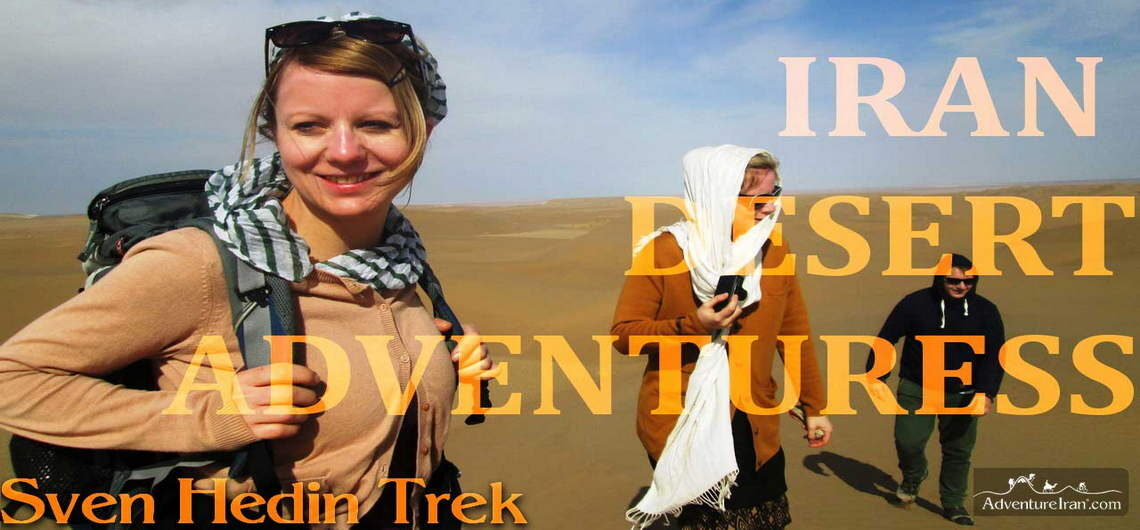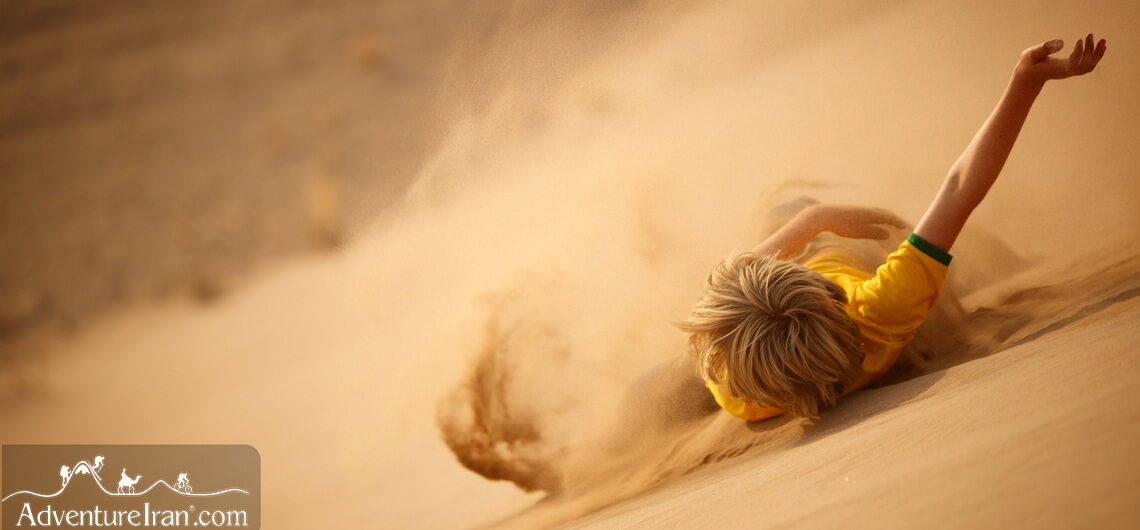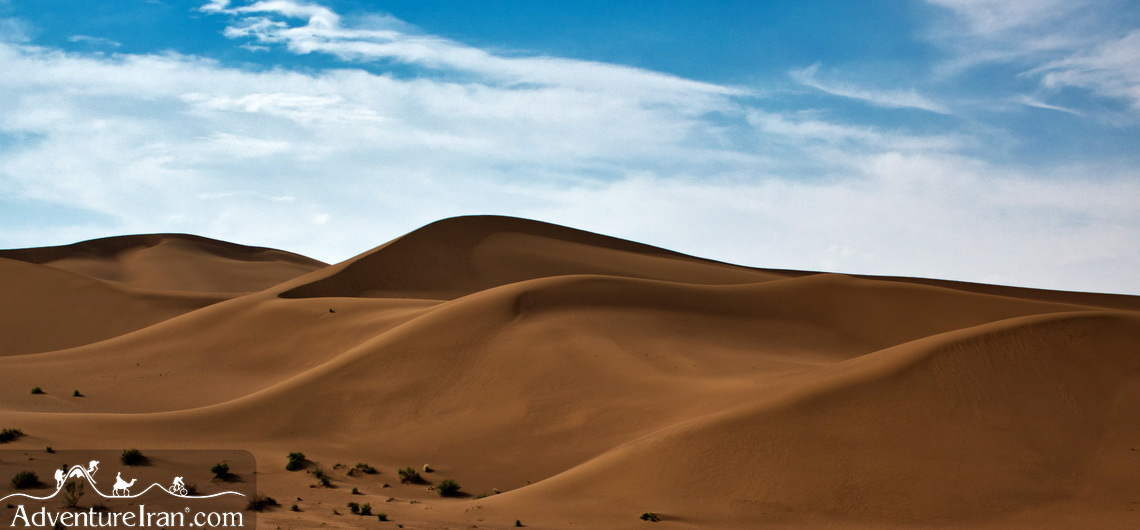Dasht-e Kavir Desert Kavir-e Markazi (Central desert of Iran) Dasht-e Kavir, larger than the Lut desert, is one of two Iranian deserts situated in the middle of the Iranian plateau, and located southeast of Alburz Mountains. It is about 300 kilometers from the east and southeast of Tehran. There are a couple of protected areas inside the desert supervised by the Department of the Environment; and likened to a Kavir National Park (Park-e Melli Kavir). Kavir National Park is one of them with numerous wild animals. Dasht-e Kavir, the other, is also known as Iran Central Desert, Kavir-e Markazi Iran, Kavire Namak, and the Great Salt Desert. This area has a view of salt hills which were formed when the underground salt layers tried to emerge through the mud and rocks. The area is perilous because anyone falling in to a salt hill may get stuck and unable to escape. Due to this, the land is unpopulated with the exception of the mountainous regions. This desert, nearly 800km long and 320km wide, consists of mud and saltmarsh (kavirs). Way back in time this land was covered by an ocean rich in salt that surrounded a small part of the continent in what is currently central Iran. While the ocean dried up, it left a layer of salt approximately six to seven kilometers thick. With the passage of time, the layer of salt was buried under a large layer of mud. However, salt has a relatively low density in comparison to the layer of mud and rocks. Thus it started moving upward through the overlying sediment, and finally, over centuries, the salt broke through and created a dome. The best examples of this geological phenomenon in the world are possibly the salt domes of Dasht-e Kavir. Geologists have recognized
Dasht-e Kavir Desert Kavir-e Markazi (Central desert of Iran) Dasht-e Kavir, larger than the Lut desert, is one of two Iranian deserts situated in the middle of the Iranian plateau, and located southeast of Alburz Mountains. It is about 300 kilometers from the east and southeast of Tehran. There are a couple of protected areas



